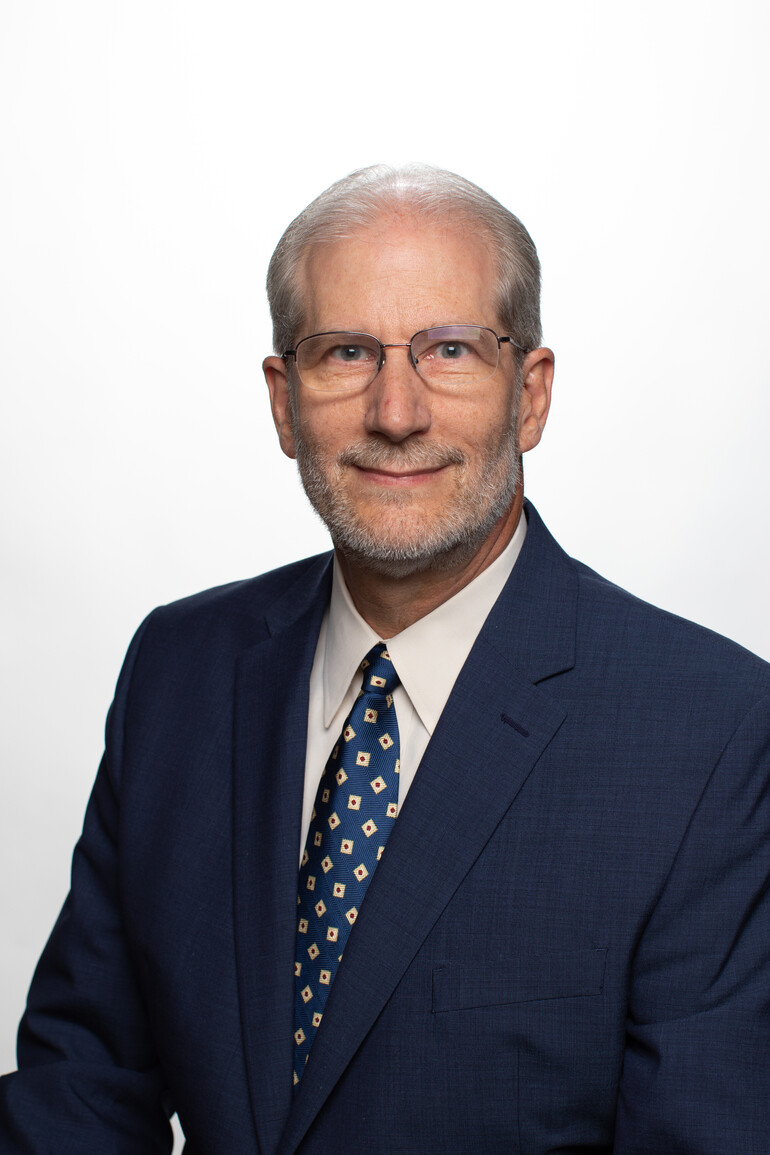Several years ago, my wife and I had the privilege to plant a new church in Tulsa, Okla. I freely admit we had no idea what we were doing. We didn’t just want to plant another church, but a church like we read about in the book of Acts. God had put it in our hearts to start a church that would be relentlessly focused on reaching people with the gospel. We decided if we were going to live that out, evangelism would have to be the primary activity of our church. Over the next 10 years, we did a lot of traditional public evangelism — somewhere around 50 evangelistic meetings. Can you guess what happened? God used that church and its evangelistic commitment to bring hundreds and hundreds of people into His kingdom.
Most recently, my wife and I had the opportunity to become the pastors of a declining church on the East Coast. We had often wondered if the same focus on evangelism would also work in a church that was in decline. Upon arriving at the church, we found a group of loving, committed Christians who truly loved the Lord. These were dedicated people working very hard to just keep the church going. But it was painfully obvious that, in their efforts to “survive,” they had lost sight of their mission to reach out to others with the gospel.
I still remember during our very first meeting together the surprised looks on many when I suggested conducting an evangelistic meeting in the next 90 days. To their credit, they agreed. That one decision began the rebirth of a dying church. When we left four years and seven evangelistic meetings later, the church was full. Nearly 100 people were baptized and many more had returned to the church. Evangelism not only changes lives, it changes churches.
I know a lot of people who have given up on traditional public evangelism. The reason given is usually because some time back their church held an evangelistic meeting, spent thousands of dollars and only a few people were baptized. And, even worse, after a few weeks all the new folks left the church. Indeed, that sometimes happens. But sometimes it doesn’t. I know — I am one of those who stayed.
It’s not just me. The church is full of people just like me — the ones who stayed. I had never heard of Seventh-day Adventists, and I certainly did not know any. The only chance the church had to reach me in the crucial moment of my life, when I was open and searching, was an evangelistic handbill. There were 100 of us that cold Sabbath morning in October when they took us out to a freezing pond to be baptized. For some of us, that was the moment our life changed forever.
I am a realist. I will admit that public evangelism doesn’t work as well as I would like. There isn’t a meeting I have been a part of when I didn’t wish that there had been more people attending and certainly more baptized. But, instead of getting discouraged and giving up, I have chosen to work with the church leaders and congregations to find ways to do it better.
Public evangelism is hard work. It is expensive. It takes a lot of time and effort. It is exciting, thrilling, disappointing and heartbreaking all at once. But after making public evangelism a top priority in my ministry for the last 25 years, I believe it is still a very effective way to grow God’s kingdom.











